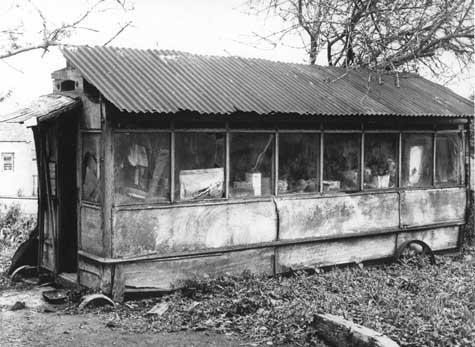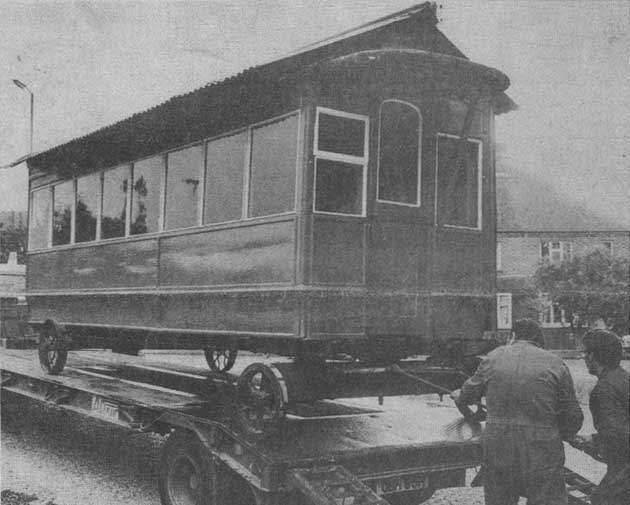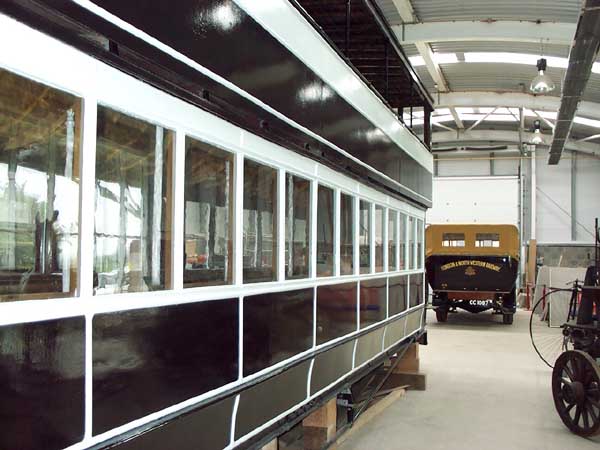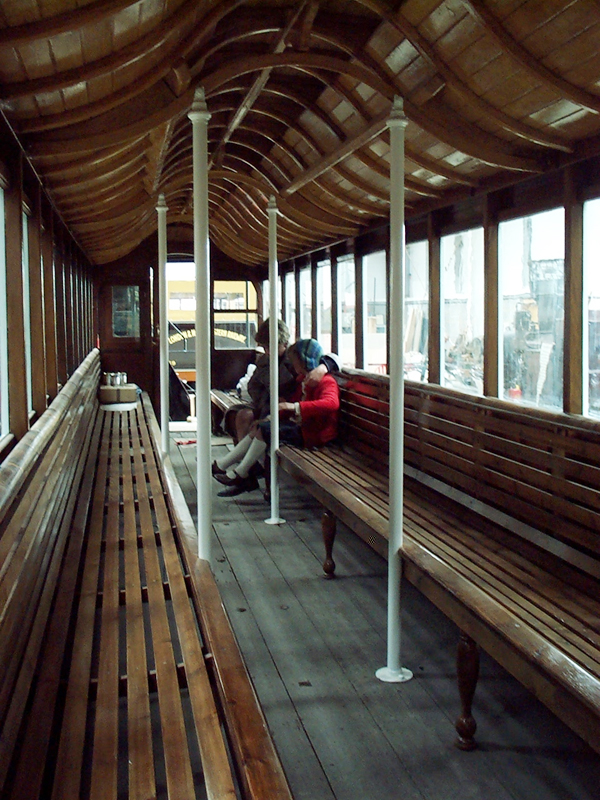![]()
The contents on this page remain on our website for informational purposes only.
Content on this page will not be reviewed or updated.
![]()
The contents on this page remain on our website for informational purposes only.
Content on this page will not be reviewed or updated.

TRAM RESTORATION
Click here to view a selection of images of the tram during restoration.
The tramway closed during the General Strike in 1926 and was destined never to reopen. On closure the tramcars were sold off, some being cut into two and used for various purposes, although one is known to have been sold complete.

In the early days of Milton Keynes Museum, two of the parts of remaining tramcars were donated to the collection and rescued by members of the Stacey Hill Society, from where they lanquished. When the tramcars arrived at Stacey Hill Farm, they were found to be the matching halves of the lower deck of the number two tramcar, where they were reunited for the first time for over 50 years.

For many years the tramcar resided on display at the Museum, but in rather dilapidated condition, pending restoration. Fortunately the tramcar survived the disastrous fire at the Museum on 1st January 1996, but this together with the construction of a new transport display building provided the stimulus to commence work to return it to its former glory.

Over the next couple of years, a small team of dedicated volunteers, pieced the two halves back together, and refurbished all the panelling on the lower decks. Seating was reconstructed, and for the first time the enormous size and capacity of the vehicle became apparent. But this was only the first phase of the work, as the upper decks had completely disaappeared. Fortunately the plans survived, and enabled a faithful reconstruction to be produced. Also scrapped many years ago were the spiral stairs to the upper deck at both ends, which required some intricate, metal and woodworking skills to fabricate. Today the tram is returned to pristine condition in its resplendent L&NWR plum livery and lettering.

However the project is far from complete and bogies are to be fabricated, so that the tramcar can once again be installed on a section of the original grooved tram rail, though unfortunately its condition will only permit static exhibition at Milton Keynes Museum.

One interesting fact that emerged during the restoration, was the different styles of the top and lower deck, the latter with crafted panelling and the former with very functional construction. This does lend some credence to the idea that the tramcars were originally constructed as singledeckers, and increased in capacity by the addition of a top deck, to facilitate expected carriage of large numbers of railway workmen, and before they started work on the tramway. This may explain the rather curious clerestory type roof to the lower deck, necessitating the outward facing seats on the top deck, and also the pronounced sag in the tramcars evident in some photographs, where they were evidently heavily overloaded for the originally designed underframes, and requiring strengthening.